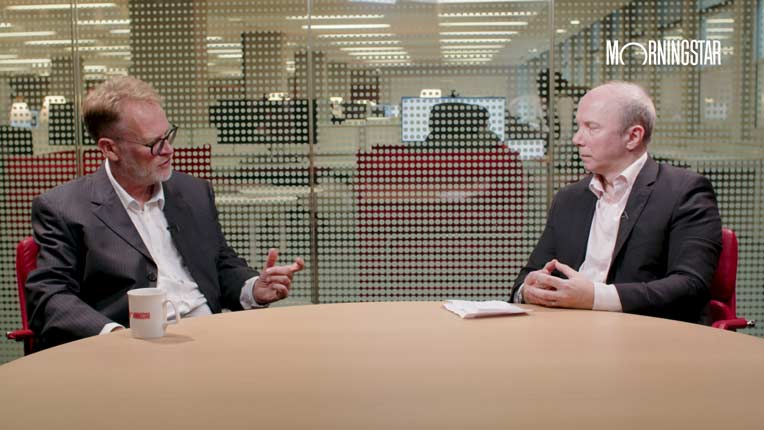
A Fixed Income Special Report week a decade ago would likely have looked very different to the one we have just had. Things have changed.
“Bonds for income, equities for growth” is a simple mantra upon which investment portfolios have been built for decades but it seems as though we need a rethink.
In a world where government bonds can offer you a negative rate of interest, but the UK stock market yields 4.5%, it would appear we need to turn everything we know about investing for income on its head.
There are still plenty of place to find income, of course, but they might not be the places you thought – and they are definitely not the places you would have looked five or 10 years ago. And all too often, they come with a lot of risk.
Income is one of the most important components of any portfolios. For those relying on their investments to provide for them in retirement, a reliable trickle of money is crucial. And for those still saving for the future, income payments can be reinvested to boost returns.
What does this mean for investors? Things are a bit more complicated than before, yes, but mostly I think it highlights how you can’t think of different parts of investment in isolation. A portfolio is one thing, made up of lots of moving parts which need to work together and complement each other. The idea of funds for growth and funds for income doesn’t work anymore, because so often they don't just offer one thing.
With this in mind, I think multi-asset funds are going to become an increasingly valued tool for many investors. In the past these funds have often been pricey and ineffective, but many are now starting to display glowing track records. And in a world where investors have to digest and react to new information seemingly on a daily basis, these funds are offering the flexibility and expertise to take some of that work off your hands.
One Man’s Trash…
It’s always interesting to hear different managers’ takes on the same company, and even more so when we compare equity and bond managers. Intu is a great example.
The shopping mall operator is having a torrid time. Footfall is down, tenants want their rents reduced, units are standing empty and malls are increasingly having to offer shoppers an “experience” to tempt them through the doors, with restaurants and activities – and that means having to spend money to provide.
Shares are down 80% from 185.5p a year ago, to 37.7p today. It doesn’t seem an appealing investment to me.
But to a bond fund manager? Apparently it is. The greater risk of holding these shares, means a greater reward – a coupon of around 6% - and, if it does all go wrong, these bonds are secured against the buildings that Intu owns.
It’s by no means without risk, but it’s a great example of how one manager’s trash may be another’s treasure.
Slice Up Your Life
An interesting debate on Twitter this week: should you ever top-slice an investment?
Top-slicing is where you take some of the profits you have made by investing in a stock or fund, but leave some of your money invested.
Morningstar columnist Rodney Hobson argues that top-slicing is just indecisiveness – you can’t decide whether to stick with the investment or take your profits and run. “If you think the shares will go higher, hang on to the lot,” he says.
I tend to disagree, however. I think there are a number of reasons why skimming some profits off the top might be a viable strategy, such as freeing up some money to take advantage of another opportunity you have spotted.
And let’s not forget rebalancing – the holdings in your portfolio that do well get bigger and those that underperform get smaller. What that means is that, in time, your portfolio mutates into something you didn’t design.
So, if you started off with your money split equally between, say, four stocks, your portfolio looks nice and neat, split 25% four ways. In a few years it could easily be the case that the split looks completely different.

That’s not good if you still have conviction in that stock that now only accounts for 10% of your portfolio. Rebalancing is about bringing your portfolio back to where you want it to be; and doing that means taking some profit from your leaders and pumping it into the laggards.
But that’s just my opinion. Ultimately, you have to invest in a way that makes sense to you, so I’ll think Rodney and I will just have to agree to disagree on this occasion.



























